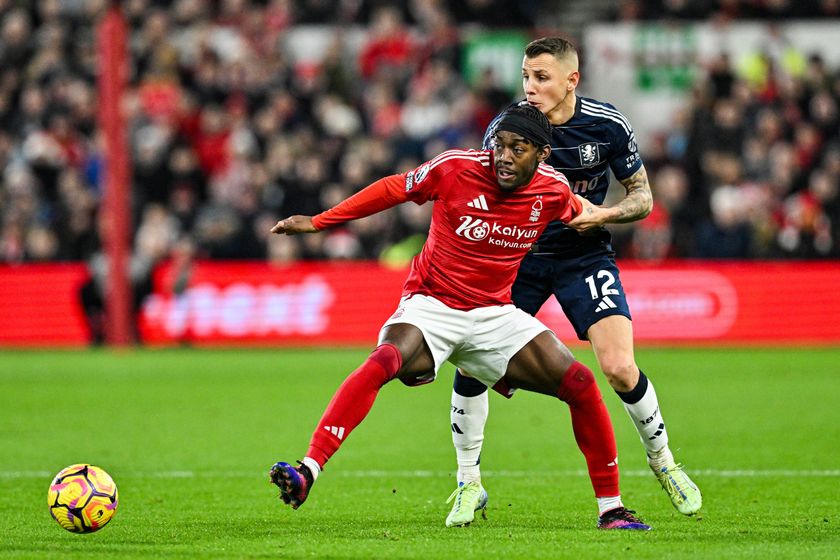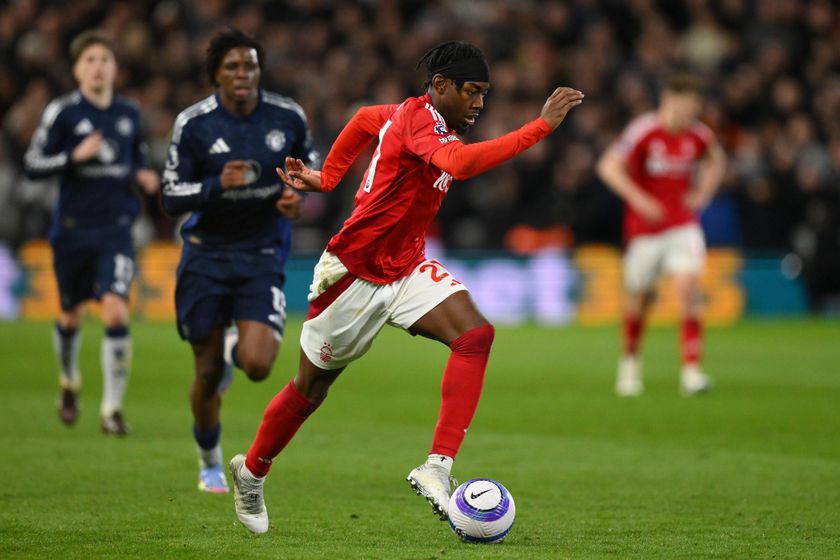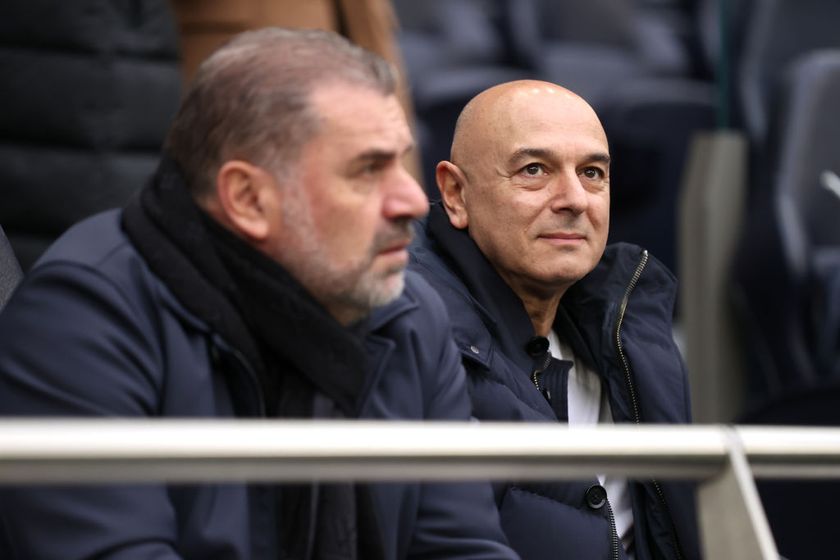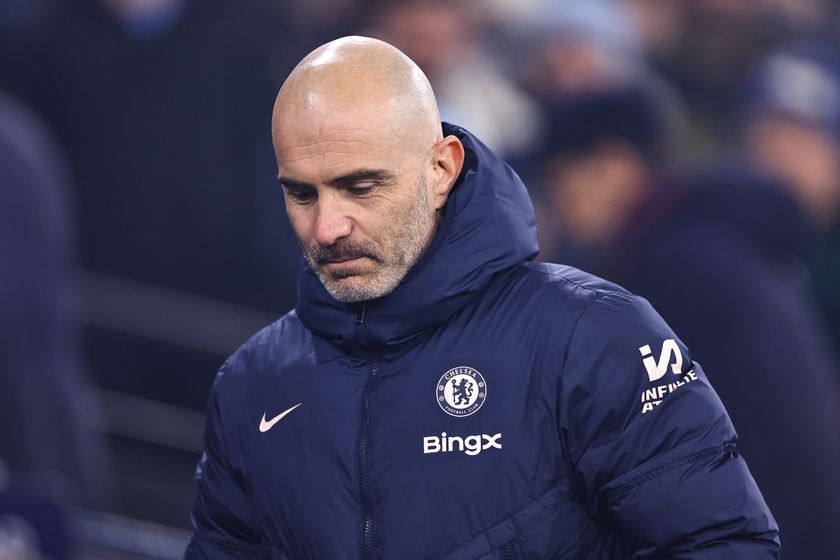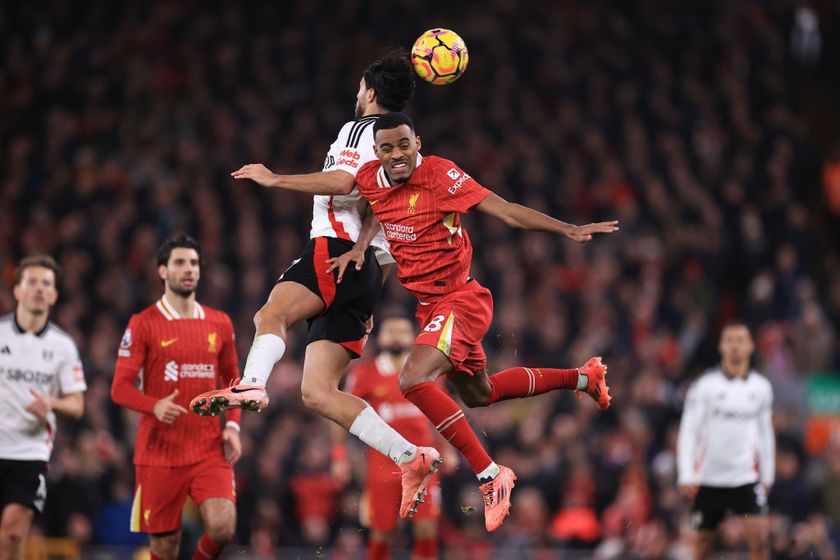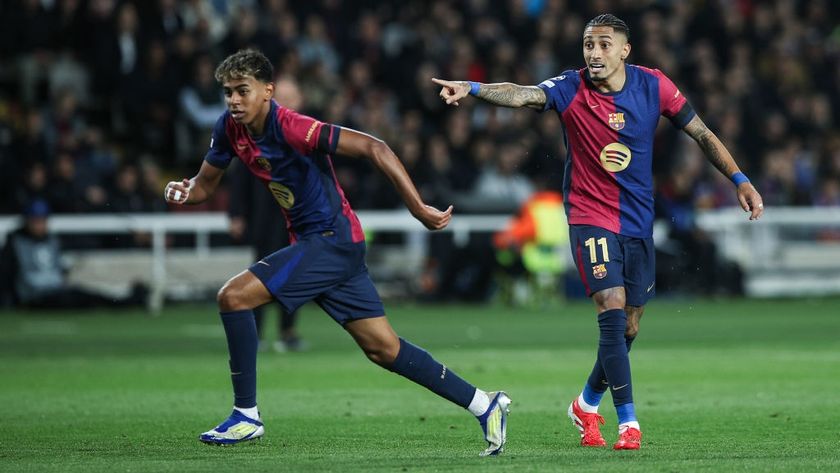FourFourTwo’s tactical review: Man United minus Rooney, Arsene vs Diego Costa, lopsided Man City
Thore Haugstad uses Stats Zone to report four trends from the weekend’s big Premier League fixtures
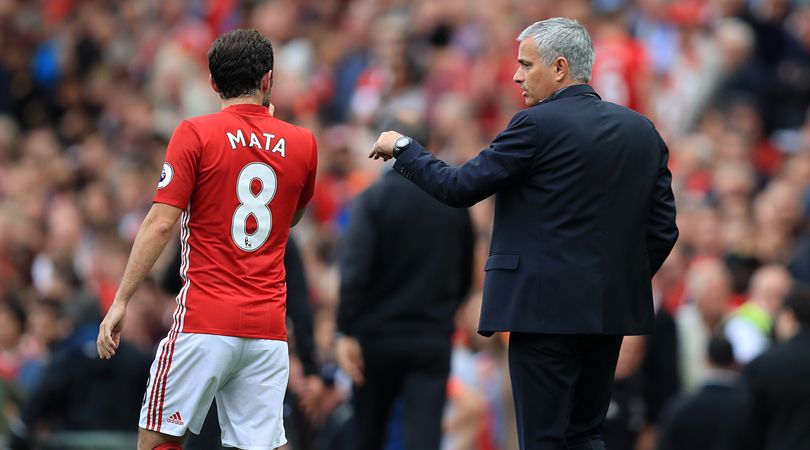
Common sense can go a long way. Many pundits and analysts had long encouraged Jose Mourinho to drop Wayne Rooney, and when the Portuguese did so he was rewarded with an efficient playmaking display from Juan Mata and a 4-1 win over Leicester.
At the Emirates, Arsene Wenger devised a plan to stop Diego Costa that helped record his first win over Chelsea in five years. Pep Guardiola saw his lopsided system earn a 3-1 win at Swansea, while Claude Puel’s 4-4-2 diamond led Southampton to beat West Ham.
1. Subtle Mata provides missing link
While Pogba drew more attention, Mata was quietly involved in almost every productive move
In one sense, there was a danger of over-dramatising the effect of Rooney’s absence for Manchester United on Saturday. The 4-0 half-time scoreline suggested dramatic improvement, yet the hosts hadn't looked convincing in the first 20 minutes and relied more on their full-backs flying forward than on fluent combinations between the lines. When they did subsequently turn on the style, the return of long-lost confidence seemed to play a significant part.
Still, the Rooney debate was inescapable given how well Mata played. Many had expected Mourinho to go 4-3-3 and give Paul Pogba a more advanced role once the call on Rooney had been made, but instead Mata was used behind the striker and the 4-2-3-1 retained. It proved a wise call.
While Pogba drew more attention, Mata was quietly involved in almost every productive move. He exchanges some of the passes that led to Pogba unleashing a stinging 30-yard drive, before turning the spotlight on himself when cutting through the Leicester team to make it 2-0, having combined neatly with Pogba and Jesse Lingard. For the third goal, it was Mata who stretched play down the left and allowed Marcus Rashford to win the corner, which Mata himself extended to Rashford.
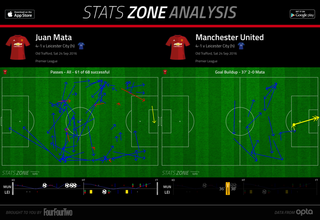
Mata then popped up on the left again to ignite the build-up play that brought the corner headed in by Pogba. This was the kind of playmaking United had been missing from the No.10 position.
Get FourFourTwo Newsletter
The best features, fun and footballing quizzes, straight to your inbox every week.
- BACK OF THE NET Rooney shines in new position on bench
2. Tough-tackling Arsenal frustrate Costa
Chelsea lost at the Emirates through individual errors, but another part of the game was how Arsenal silenced Diego Costa, who had scored twice and triggered two red cards in his three previous games against the Gunners. The normal dynamic had been for Costa to draw the defence out of shape with runs down the channels, but this time Arsenal managed to keep him at bay.
Part of the reason centred on Antonio Conte’s insistence that his strikers drop deep and bring others into play. It was a common feature at the Euros, but there Italy had dynamic midfielders who ran beyond the two strikers and offered options. The same was not provided by Cesc Fabregas and Nemanja Matic, and so Costa was largely limited to laying the ball off in deep positions.
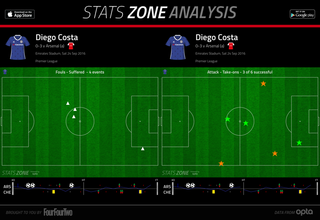
Alternatively Costa would dribble or get fouled, with Arsenal happy to risk committing free-kicks near the halfway line. So roughly did Laurent Koscielny and Shkodran Mustafi treat him that Costa threw a tantrum in the second half over the persistent fouling. That only meant Arsenal had done their job in keeping him away from goal, and Costa left the field with no attempts on goal and no chances created.
3. Lopsided system benefits De Bruyne
We created a lot of chances so that Kevin and David were at times attacking the central defenders with the ball. When that happens it makes it more complicated for the opponents
In Wales, Guardiola reacted to Nolito’s suspension by switching Kevin De Bruyne to the right flank of his 4-1-4-1. Or so it seemed. When the game got going, it turned out De Bruyne was actually playing his usual role as an advanced central playmaker, with Bacary Sagna stationed as a wing-back to retain the width usually provided by Raheem Sterling down the right.
With Sterling stretching play on the left instead, Guardiola instructed left-back Aleksandar Kolarov to play more cautiously. The Serb often tucked inside next to the two centre-backs to give Manchester City a three-man defence when they attacked. This provided Guardiola with two wide players in Sterling and Sagna, while David Silva and De Bruyne could continue to operate centrally as per usual.
The tweak created advantages and disadvantages. Sergio Aguero’s clinical opener came after a cross from Sagna, but the same defender slipped when Fernando Llorente smashed home the equaliser, and was then booked when forced to foul Kyle Naughton after getting caught out of position. Still, Sagna’s role created more good than bad, particularly since it allowed De Bruyne to collect a series of passes in dangerous areas centrally.
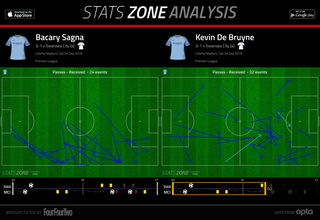
In fact, only wasteful play from the normally incisive Belgian had prevented City from scoring more by the time Sagna’s cross led to a penalty converted by Aguero. Near the hour mark, Guardiola switched De Bruyne to a permanent central role, before Sterling made it 3-1 on the break. “We created a lot of chances so that Kevin and David were at times attacking the central defenders with the ball,” Guardiola said. “When that happens it makes it more complicated for the opponents so we did that well, but just missed the final pass.”
4. Southampton shine in midfield diamond
On Sunday, Claude Puel secured a second straight league win with his 4-4-2 diamond shape. The system is not often seen in the Premier League, but offers a lot of fluency in the final third, where Dusan Tadic operates as an advanced playmaker behind Charlie Austin and winger-turned-striker Nathan Redmond. The three often exchange positions, as they did in the 40th minute against West Ham, when Tadic found Ryan Bertrand down the left who then crossed to Austin for the opener.
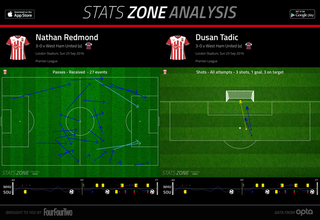

Best of the Premier League weekend: FFT's favourite performance, player... and moan
Weekend stats winners and losers: who was the pass master? Guilty waster? Dribble king?
While Puel’s full-backs are crucial in retaining width, Redmond is also charged with working the flanks and drawing defenders out of position. This invites Tadic to exploits pockets of space in the middle, and he got a chance near the penalty spot in this way when played in by Cedric Soares. He missed it, but soon got another opportunity when Austin found him unmarked inside the box for 2-0.
That was one of three instances in which Tadic recorded attempts from central positions, and showed how dangerous the Saints can be with proper cohesion between the front three.
STATS ZONE Free on iOS • Free on Android
